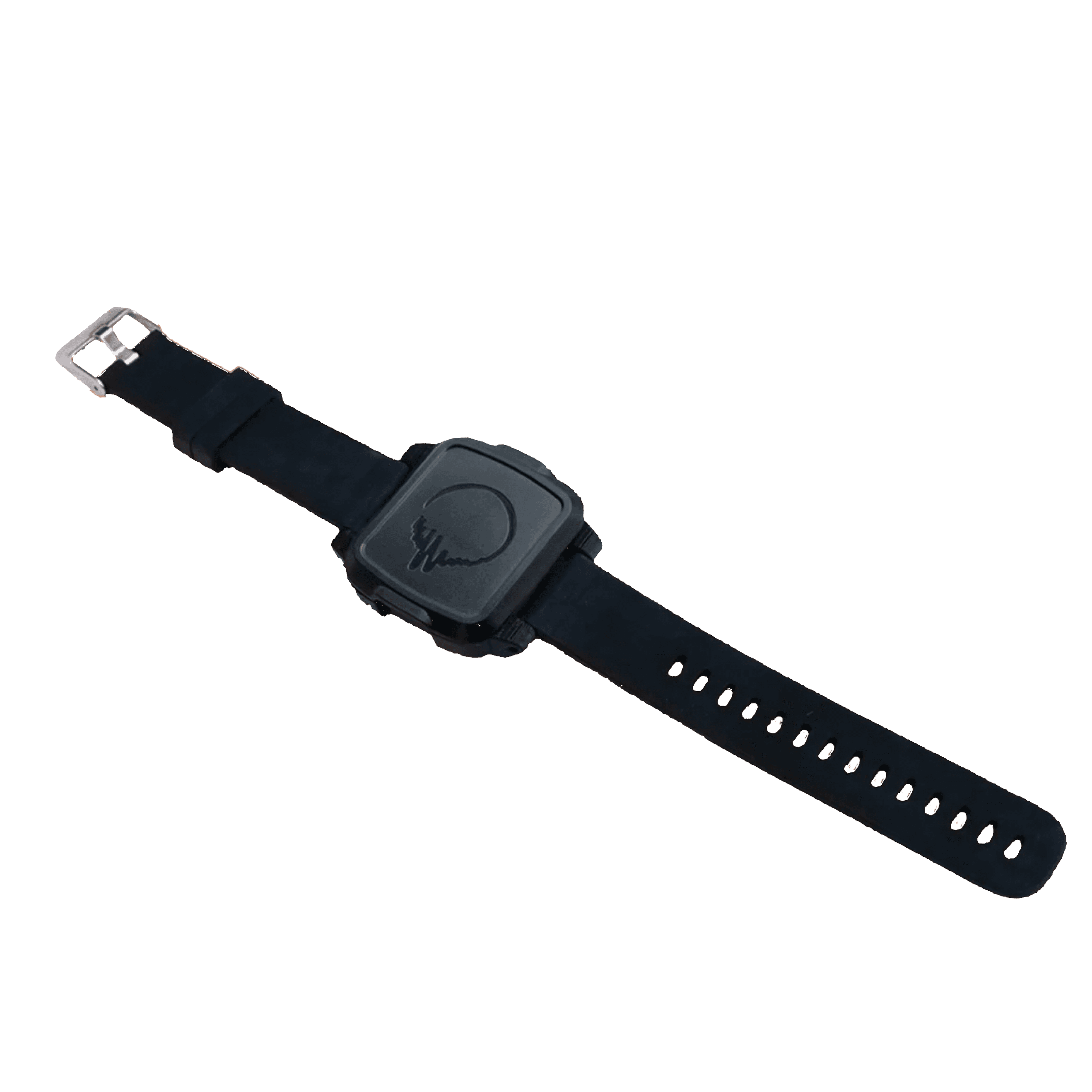
Tips and Tricks to Living with Parkinsons
The myriad of tips and tricks for living with parkinsons
Driving - legal requirement to inform DVLA
Why You MUST Tell the DVLA About Your Parkinson's—Or Risk Driving Into Trouble!
Driving with Parkinson’s is quite fun, isn’t it? Keeping a steady hand on the wheel, wrestling with the gear stick, battling foot dystonia on the motorway, or—better yet—squeezing in and out of the car in tight parking spaces. Unfortunately, alongside all this enjoyment come legal obligations. One crucial responsibility? You must notify the DVLA about your condition.
Like it or not, it’s the law. If you have Parkinson’s, you must inform the DVLA, which will assess your ability to drive safely. They may issue a shorter licence or require regular check-ups.
You might worry that your licence will be taken away, and the temptation to think “What if I don’t? Who’s going to know?” might cross your mind. But here’s the harsh reality: failing to notify the DVLA could invalidate your driving licence and result in a £1,000 fine and possible prosecution if you’re involved in an accident. Even worse, your insurance could become instantly void—meaning you could be driving uninsured without even realizing it! If an accident occurs, you could be left covering the entire cost out of pocket, which is about as enjoyable as an evening of uncontrolled tremors.
Thankfully, the process is straightforward. Simply fill out the necessary forms and follow the instructions here: DVLA medical
So, do the right thing—inform the DVLA, update your insurer, and ensure your safety as well as that of others. Driving is a privilege, and keeping it that way is as simple as filling out a form. No drama, no surprises—just responsible road use.
Safe travels!
Travel - Airport Assistance
Gatwick Travel Assistance
Read about Emma's views on taking the assistance at Gatwick here
Have you tried KeySense?
Parkinson’s disease (PD) is notoriously tricky to diagnose, especially in its early stages. Unlike some conditions that can be confirmed with a blood test or brain scan, PD diagnosis relies heavily on observation of movement patterns by a trained specialist. Symptoms vary widely from person to person, making it even more challenging—some signs are subtle, while others are unmistakable. Tremors, stiffness, and slowed movement are key indicators, but not all patients exhibit them in the same way.
This is where KeySense steps in—a free and easy-to-use tool designed to bring accuracy and objectivity to PD diagnosis. Traditional methods rely on subjective assessments, but KeySense offers a data-driven approach by analyzing how people type on a keyboard. Surprisingly, the way fingers move while typing contains valuable information about motor function, a concept rooted in historical research. In the old days, telegraph operators could identify each other based on their unique tapping rhythms. Today, that same principle is being harnessed through modern technology to detect early signs of Parkinson’s.
KeySense uses artificial intelligence to assess key movement features like tremors, inconsistency in finger motion, and slowness—all of which align with clinical PD symptoms. With just a typing session of about 350 words, which takes about 10 minutes, KeySense records timing data and runs it through machine learning models. They claim the results provide highly accurate diagnostic insights, achieving 90–95% detection rates even for mild symptoms, which far surpass traditional doctor assessments. And it can be done from home, requiring no specialized training or equipment.
Beyond initial diagnosis, KeySense also serves as a monitoring tool. Patients can track disease progression and treatment effectiveness by retaking assessments over time. Each assessment can be saved for future reference and all data remain anonymous.
You can try it here:

An Objective Assessment of the device
Mike Hayden
The BeechBand is a simple, non-invasive device that helps alleviate Parkinson’s symptoms with continuous use. In my experience, it works well alongside medication, noticeably reducing symptoms. The company could improve features like battery life and waterproofing. Having started as a sceptic, I now support the product.
To Read the fulll article click here